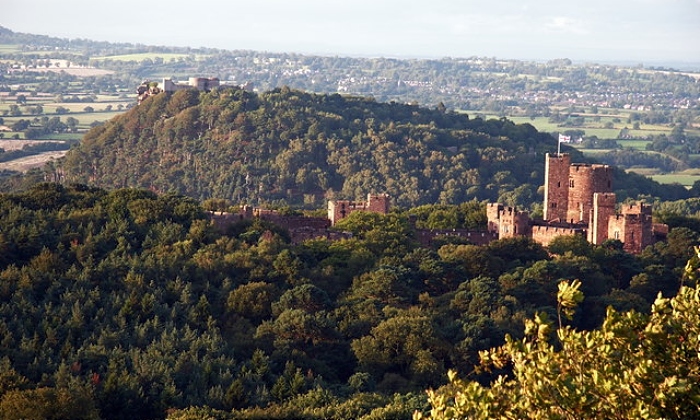
A plan to designate Cheshire’s Sandstone Ridge as an Area of Outstanding Natural Beauty (AONB) is not going far enough, warns Cheshire Wildlife Trust.
They say the move is not enough to support an “abundance of wildlife, nor to contribute to tackling our climate and nature emergencies”.
In 2018, Defra commissioned Julian Glover and an independent panel to consider improving the management of National Parks and AONBs.
Last week, the Government published a statement responding to their “Landscapes Review”.
But Cheshire Wildlife Trust says designated AONB places are “too often suffering from the effects of intensive agriculture or overgrazing”.
Charlotte Harris, CEO of Cheshire Wildlife Trust, said: “We welcome the Government’s ambition to protect 30% of land for nature’s recovery, especially the considered designation of the Cheshire Sandstone Ridge, but designating landscapes is simply not enough.
“We need better management of our land and we need to see the space for nature in Cheshire double over the next decade.
“We’ll achieve this by creating new native woodlands, wildflower meadows and restoring wetlands.
“We need them to connect, forming a Nature Recovery Network, allowing species to move freely throughout our cities, towns and countryside.
“Cheshire is the least wooded county in England.
“We need more focus on action to boost the abundance of wildlife within nature depleted areas so that we can all thrive from the benefits and halt a long-term decline.
“An AONB designation is a step in the right direction but we need to go much further.”
Craig Bennett, CEO The Wildlife Trusts, added: “The Government seems to think there is more land currently protected for nature than is actually the case.
“Our National Parks and AONBs are landscape not nature designations.
“Whilst there are some fantastic places for wildlife and great partnership restoration projects being delivered, many of these places are severely depleted of wildlife because of overgrazing, poor management or intensive agricultural practices.
“The Government has said Natural England will consider the designation of four new protected landscapes, but these will not magically help meet the target of 30% of land where nature can thrive.
“Instead, what’s needed is urgent action, political will and more resources, to repair and heal the natural world across the National Parks that we already have.”
The Glover Review included 27 proposals on how National Parks and AONBs could be supported and play a leading role in tackling the nature and climate emergencies.
(Peckforton Castle and Sandstone Ridge – by Peter Styles, creative commons)

















Recent Comments